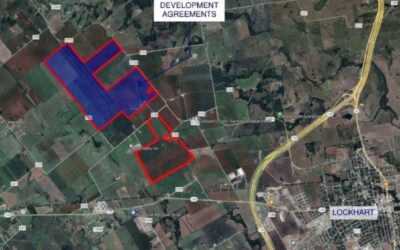Working-Age Population and Median Age Rise, but Reflect a Younger Demographic
Austin, Texas, is seeing an increasing share of working-age residents, placing the city in a favorable economic position and generating a robust pool of renters within the optimal age range.

Austin’s share of the working-age population is 71.1%, ranking it among the highest compared to 18 peer cities, including Seattle and Nashville, Tennessee, according to a September report by the city’s planning department. The report analyzed U.S. Census Bureau data from May 2023, with the statistics pertaining specifically to the municipal boundaries of Austin and not the broader metropolitan area.
The city’s age distribution further emphasizes this trend, with individuals aged 25 to 34 representing the largest segment of the population while the proportion of middle-aged and older adults is comparatively lower.
Additionally, Austin’s population of those 65 and over is below 10%, the lowest rate among its peers as well as the state and national average. As a result, Austin’s median age stands at 33, one of the lowest when compared to similar cities.

The favorable demographic trend serves as one of the key structural drivers supporting demand for rental housing, as it represents a key demographic of potential renters.
The city of Austin contributed nearly 3,600 units of positive absorption over the past 12 months, which measures the change in the number of occupied units, while the broader metropolitan area registered 9,600 units of positive absorption. The city’s vacancy rate also measures 9.6%, below the broader market rate of 11.2%.
Recent increases in apartment demand are attributed, in part, to improved consumer confidence, fostering household formation. A stable job market and optimistic economic outlook have the potential to unlock demand, facilitating further household formation. Beyond Austin, neighboring areas such as Williamson County and Hays County are also important catalysts driving the recent recovery in the apartment market.
However, the risk of recession persists, and adverse changes in unemployment could potentially dampen this growth trajectory. The continued influx of new residents will remain a critical factor for demand, highlighting the importance of this trend in the coming years.









